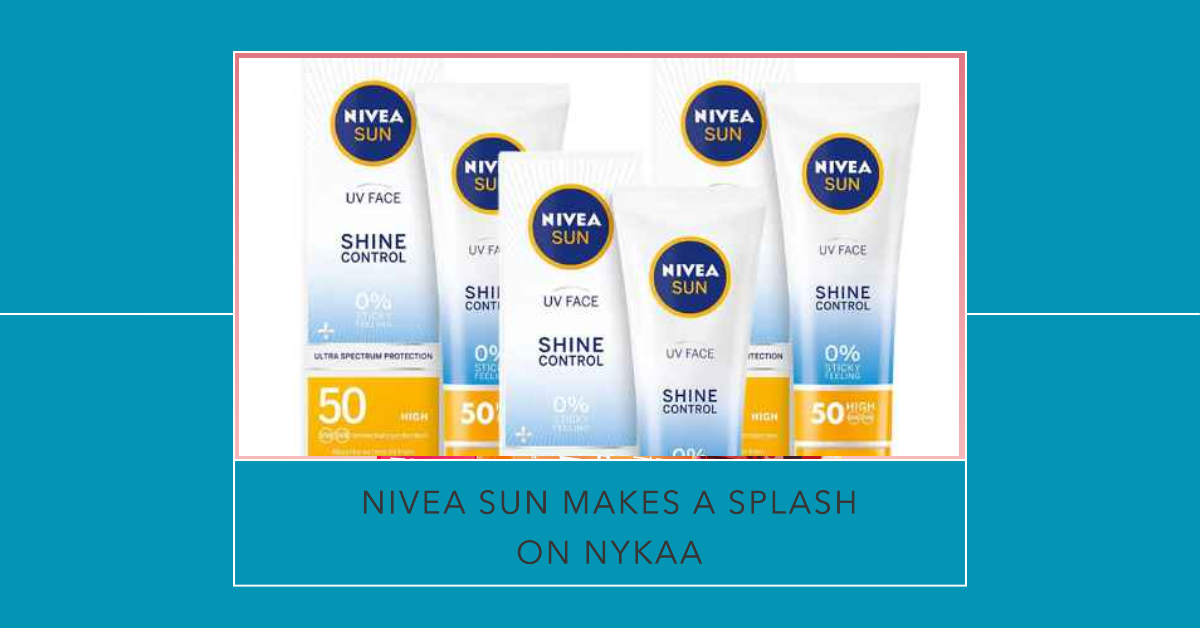In the world of skincare, lactic acid [systematic name: 2-hydroxypropanoic acid] also has become a trending topic, but what drives its popularity? This piece navigates through the realm of lactic acid, shedding light on its perks, possible drawbacks, and seamless integration into your skincare regimen.
In This Article
Unraveling the Charm of Lactic Acid
Lactic acid, an alpha hydroxy acid (AHA), naturally occurs in fruits, milk, and the human body during cellular respiration. Within skincare, it emerges as a star exfoliant, delicately dismantling the adhesive holding dead skin cells, paving the way for a smoother, more radiant visage.
Skin Benefits of Lactic Acid
- Exfoliation: As highlighted earlier, this ingredient champions gentle exfoliation, eliminating dead skin cells to unveil fresher, brighter skin. This enhances skin texture, diminishes fine lines and wrinkles, and even addresses hyperpigmentation.
- Hydration: This skincare ingredient boasts humectant properties, attracting and sealing in moisture, resulting in a plumper, well-hydrated appearance.
- Anti-aging Properties: By stimulating collagen production and fostering cell turnover, this ingredient may help combat wrinkles and fine lines, promoting a youthful complexion.
Recommended Read: 5 Face Yoga Exercise for Wrinkles and Sagging Skin
Considerations to Keep in Mind
While generally well-tolerated, lactic acid can trigger:
- Irritation: Particularly for those with sensitive skin, lactic acid might induce redness, dryness, or a stinging sensation. Gradual introduction and monitoring skin response are crucial.
- Sun Sensitivity: Lactic acid could heighten susceptibility to sunlight. Employ a sunscreen with SPF 30 or higher when using lactic acid products and minimize sun exposure.
Suitability for Different Skin Type
Lactic acid is generally suitable for various skin types, including:
- Normal Skin: Lactic acid can help maintain normal skin by gently exfoliating dead skin cells and promoting hydration without causing excessive dryness or irritation.
- Dry Skin: Lactic acid’s humectant properties attract moisture to the skin, making it beneficial for hydrating and softening dry skin.
- Sensitive Skin: Compared to other AHAs, this skincare ingredient tends to be milder and less irritating, making it suitable for sensitive skin types. However, individuals with sensitive skin should still patch test and gradually introduce lactic acid products to minimize the risk of irritation.
- Mature Skin: Lactic acid’s exfoliating and collagen-stimulating properties can be particularly beneficial for mature skin, helping to improve texture, reduce the appearance of fine lines and wrinkles, and promote a more youthful complexion.
- Combination Skin: Lactic acid can effectively address multiple skin concerns often associated with combination skin, such as dryness, uneven texture, and occasional breakouts.
- Acne-Prone Skin: Lactic acid’s exfoliating properties can help unclog pores and prevent breakouts, making it a suitable option for individuals with acne-prone skin. However, it’s essential to start with lower concentrations and monitor skin tolerance to avoid exacerbating acne or causing irritation.
Recommended Read: Combating Orange Peel Skin Texture: Expert Advice and Solutions
Recommended Read: Demystifying Skin Purging vs. Breakouts: Your Comprehensive Guide
While this skincare ingredient is generally well-tolerated by most skin types, individual reactions may vary. It’s essential to patch test new products and consult a dermatologist if you have any concerns or specific skin conditions.
Seamless Integration into Your Routine
Integrating lactic acid into your CTM (cleansing, toning, and moisturizing) routine is viable, but a gradual approach is key. Consult a dermatologist if uncertainties arise:
- Cleansing: Opt for a mild cleanser that preserves skin oils.
- Toning: Choose an alcohol-free toner with a mild lactic acid concentration (5% or less) for gentle exfoliation.
- Moisturizing: Employ a suitable moisturizer to replenish moisture and maintain hydration.
- Sunscreen: Crucially, remember that this this skincare ingredient can increase your skin’s sensitivity to the sun. It’s essential to use a sunscreen with SPF 30 or higher every day, especially when using products based on Lactic, and minimize sun exposure.
Recommended Read: How to Take Care of Your Skin After a Sunburn
Product Recommendations
Cleanser:
- Sensitive Skin: Consider fragrance-free cream cleansers with a low Lactic acid concentration (2-5%). Recommended products below:
- Normal/Combination Skin: Opt for mild foaming cleansers with slightly higher lactic acid content (5-10%). Recommended products below:
- Oily Skin: Select lightweight gel cleansers with moderate lactic acid levels (10-15%). Recommended products below:
Toner (Optional):
Toners, though optional, can provide additional exfoliation and balance. Look for alcohol-free options with low lactic acid content (2-5%). Recommended products below:
Moisturizer:
Choose a moisturizer tailored to your skin type and opt for lactic based serums or lotions with concentrations ranging from 5% to 10%, contingent upon skin tolerance. Product recommendations below:
Sunscreen:
Lactic based products can increase sun sensitivity. Always use a sunscreen with SPF 30 or higher every day, especially when using Lactic based products and minimize sun exposure. Product recommendations below:
Please note: These recommendations serve as examples, and product suitability varies based on individual skin needs. Prior patch testing is imperative.
Takeaway:
This article serves as a guide, but individual skincare requisites may differ. Consult a dermatologist for a personalized skincare regimen, particularly if underlying skin concerns exist.
Remember: Personalized skincare triumphs over generic advice. Seek professional guidance for optimal skincare results.












Hey There. I found your blog the use of msn. That is a very neatly written article. I抣l be sure to bookmark it and come back to learn extra of your helpful information. Thank you for the post. I抣l definitely comeback.
Thanks so much for giving everyone remarkably special possiblity to read from this website. It’s always very pleasant and as well , full of a good time for me personally and my office friends to visit your site at the very least three times weekly to find out the latest secrets you will have. And indeed, I am just certainly fascinated.